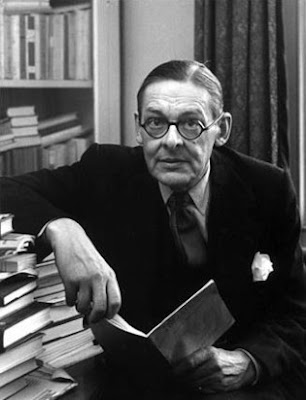General Characteristics of the twentieth century literature
Hello friends !!
Here I am going to write about the general characteristics of twentieth century literature. So here we had focused on the history of the time. It is not easy to write about history without the things knowing and realizing. But the classroom understanding and my reading help me to write about the particular age of the twentieth century. But one thing is there what I mean for this that is not mean but a whole. So here I am trying to analyze the history of the age ,what type of literature introduce by writer etc:
- The Twentieth-century
Historical background………
Modernism and Art……….
Characteristics of twentieth century literature……….
- Historical background ……..
The welfare state
Urbanization
Social Satisfaction and social mobility
The world of work
Education, religion and culture
The twentieth century was in contrast with the Victorian age. How Victorian ideals became stupidity in the twentieth century. Every aspect of life is changed with the industrial revolution and through the welfare state. The time has come to attract towards urbanization. So that's how we also understand the literature of that time.
At this point, however, there is no need to distinguish between two groups of writers: the group that was already established in the first decade of the present century; and the group that had not so far begun to produce, but was shaping its ideas largely in conformity with a work which had had no public impact, G E Moore's Principia Ethica (1903).
There are also two types of groups that are Fabianism, socialist movement and theory that emerged from the activities of the Fabian Society, and another one is Bloomsbury group of thinkers and writers.
- The Modern movement ...
The Modern Movement of architecture represents a dramatic shift in the design of buildings, away from the traditional forms and construction techniques of the past and toward a new era of design. The styles of the Modern Movement, Art Deco, Moderne and International, began in Europe and spread to the United States in the 1920s.
The various inventions and wars are going on. There is a great effect of war on art and society as well as on literature also. World War I brought an end to this phase but indicated the beginning of a number of anti-art movements, such as Dada and Surrealism. The new ideas are developed about the interrelation of the arts, architecture, design, and art education. Cubism has been considered the most influential art movement of the 20th century.
Characteristics of the Twentieth-century literature :
Twentieth century literature was in contrast with Victorian literature. There is an impact of imperialism that we find in Rudyard Kipling's works etc. Another factor is Social Unrest because of the sudden Reformation in every factor of life that is quite dangerous for human beings. Two World Wars that made a great effect on literature.
For many, humankind was entering upon an unprecedented era. H.G. Wells’s utopian studies, the aptly titled Anticipations of the Reaction of Mechanical and Scientific Progress upon Human Life and Thought (1901) and A Modern Utopia (1905), both captured and qualified this optimistic mood and gave expression to a common conviction that science and technology would transform the world in the century ahead.
The Twentieth century writing is highly self-reflexive and poems written during this time were much shorter and relied more heavily on free verse. Additionally, many poets used the theory of imagism in their writing, which involved concise language and sought to capture various images.
Among the English poets of the Modern Period, two of the most prolific were not English-born writers. T.S. Eliot was an American-born British poet who is often considered one of the most influential poets of the 20th century.
Novels at that time focus on man in his social circle to man as an isolated individual. This change emphasized the thought processes and unconscious impulses of man. One writer who encompassed both Victorian and Modernist ideals was E.M. Forster. He was also talking about Escapism. While many of his works discussed class and hierarchy in social status, he also displayed an interest in individual values. His two most well known works are A Room with A View (1908) and A Passage to India (1924).
This particular time we find that a lot of war poets are there who write a poem about war. Twentieth century literature is about individualism, stream of consciousness, to read against power and religion, science fiction, short stories about class distinction, about workers etc.
Thank you !!!





Comments
Post a Comment